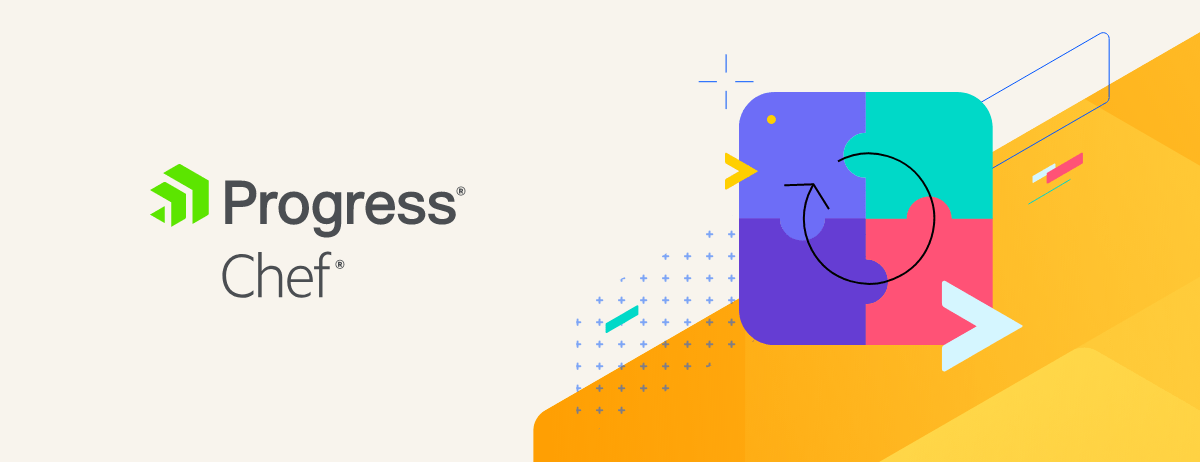It is safe to say that there isn’t a company that doesn’t worry about security. Still, traditional infrastructure as code (IaC) approaches no longer scale to meet the needs of modern security-minded organizations. Traditional IaC processes fail to account for regulatory, business security, and compliance needs and require manual interactions between DevOps and compliance teams.
DevSecOps teams work more efficiently when configuration is code, enabling continuous automation across all IT processes.
What is Policy as Code?
Policy as Code brings configuration management and compliance into a single step, eliminating the security silo and moving everyone into a shared pipeline and a shared framework. Making DevSecOps an automated reality brings together all the critical steps, allowing you to overcome technical skills gaps and scale automation across your teams and environments.
Policy as Code extends Infrastructure as Code by enabling four essential actions:
- Collaboration: Code is a common language for Developers, Operations, and Security teams.
- Scalability: Code scales across complexity sprawl
- Shift Left: Test throughout the delivery process, bringing security in as early as possible and allowing developers to test policies directly on their workstations.
- Continuous Visibility: Monitor the steps to reduce or eliminate risk and fire drills.

Benefits of Policy as Code
- Accuracy: Avoid the risk of making configuration mistakes when managing a system manually.
- Collaboration: Permits organic cooperation within the same team and between different team types (developers, security, IT), Increasing the success in cross-functional communication.
- Efficiency: Share and enforce automatically at an unlimited scale. Update and share a policy efficiently when policies are defined in code vs. human language. Human language always risks being lost in translation, and different teams can interpret words differently.
- Speed: Save time and speed up time to market policy as code with less error than a manual approach.
- Transparency: Policy as Code provides an easy to see what is happening in real-time within a system. Review remediation rules or alerts, and code-based policies are in check. You won’t have to rely on an engineer to pull a report and reply; now, you will have that direct line of sight.
- Validation and Testing: Policy as Code helps reduce the risk of bringing critical error into production. Policies written in code make it easier to validate in an automated auditing tool.
- Version control: Revert to earlier configuration quickly if a new policy version creates a problem.
Manual processes and reviews for policy enforcement take time and open your organization to risk. Policy as Code automates and unifies your policies providing greater compliance and audit visibility. Extend infrastructure as code to the next level with simplification, improved data governance, monitoring, and more secure access.
To learn more: https://www.chef.io/webinars/making-devsecops-automated-reality
Join Chef Community: https://community.chef.io/slack

